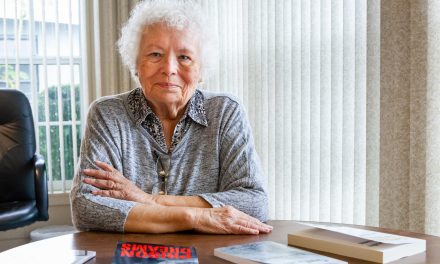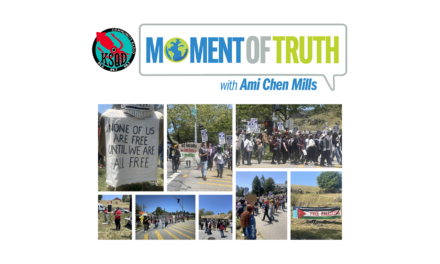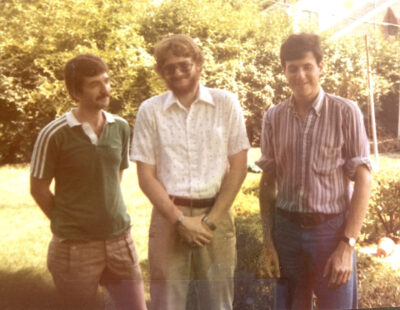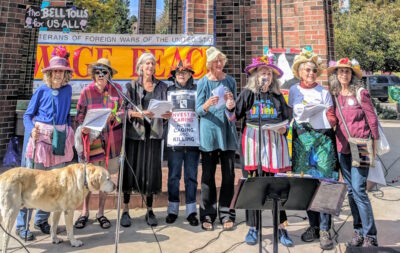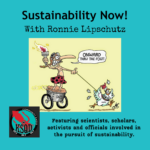
Join host Ronnie Lipschutz as he speaks with Dr. Suzanne Simard, Professor of Forestry and Conservation Sciences about the social life of trees. Her new book, Finding the Mother Tree–Discovering the Wisdom of the Forest, has just been published. According to Simard, communication between trees happens not in the air but deep below our feet in an incredibly dense, complex network of roots and chemical signals. … “In a single forest, a mother tree may be connected to hundreds of other trees.”
Here is what Bookshop Santa Cruz wrote about Simard: “Suzanne Simard is a pioneer on the frontier of plant communication and intelligence; she’s been compared to Rachel Carson, hailed as a scientist who conveys complex, technical ideas in a way that is dazzling and profound…. Simard writes—in inspiring, illuminating, and accessible ways—how trees, living side by side for hundreds of years, have evolved, how they perceive one another, learn and adapt their behaviors, recognize neighbors, and remember the past; how they have agency about the future; elicit warnings and mount defenses, compete and cooperate with one another with sophistication, characteristics ascribed to human intelligence, traits that are the essence of civil societies—and at the center of it all, the Mother Trees: the mysterious, powerful forces that connect and sustain the others that surround them.”
You can learn more about Simard’s work in “The Social Life of Forests,” New York Times Magazine, Dec. 2, 2020, and at The Mother Tree Project. If you search for “Suzanne Simard” on You Tube, you will turn up a dozen videos, including a TED talk, about her work.
The articles referred to in the show are:
Lincoln Taiz, et al, “Plants Neither Possess nor Require Consciousness,” Trends in Plant Science 24, #8 (August 2019): 677-87
Michael Pollan, “The Intelligent Plant,” The New Yorker, December 23, 2013.



